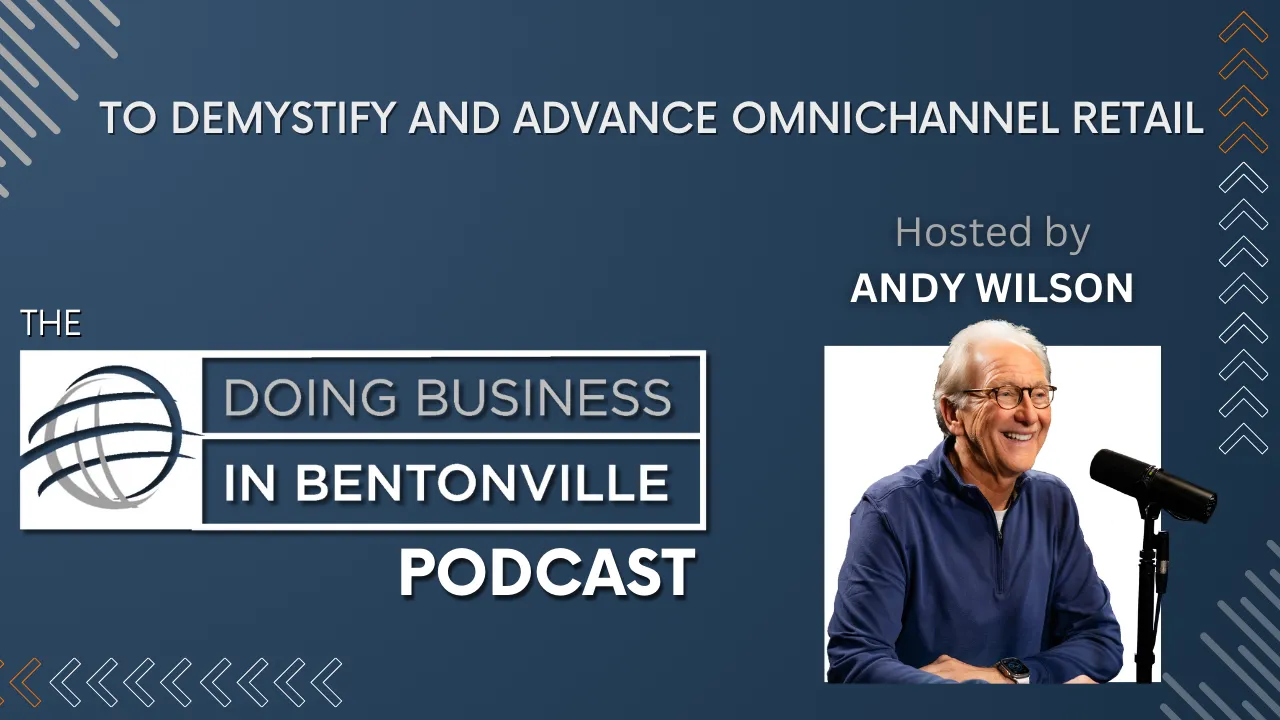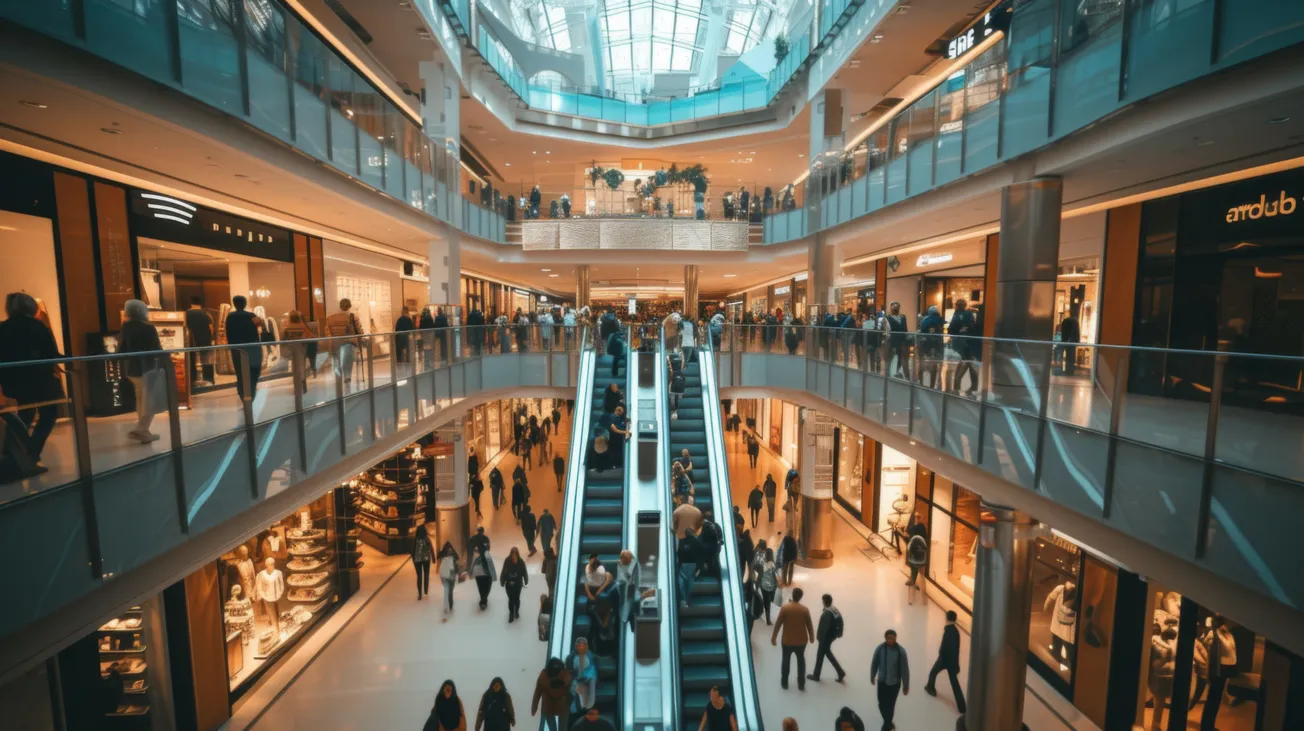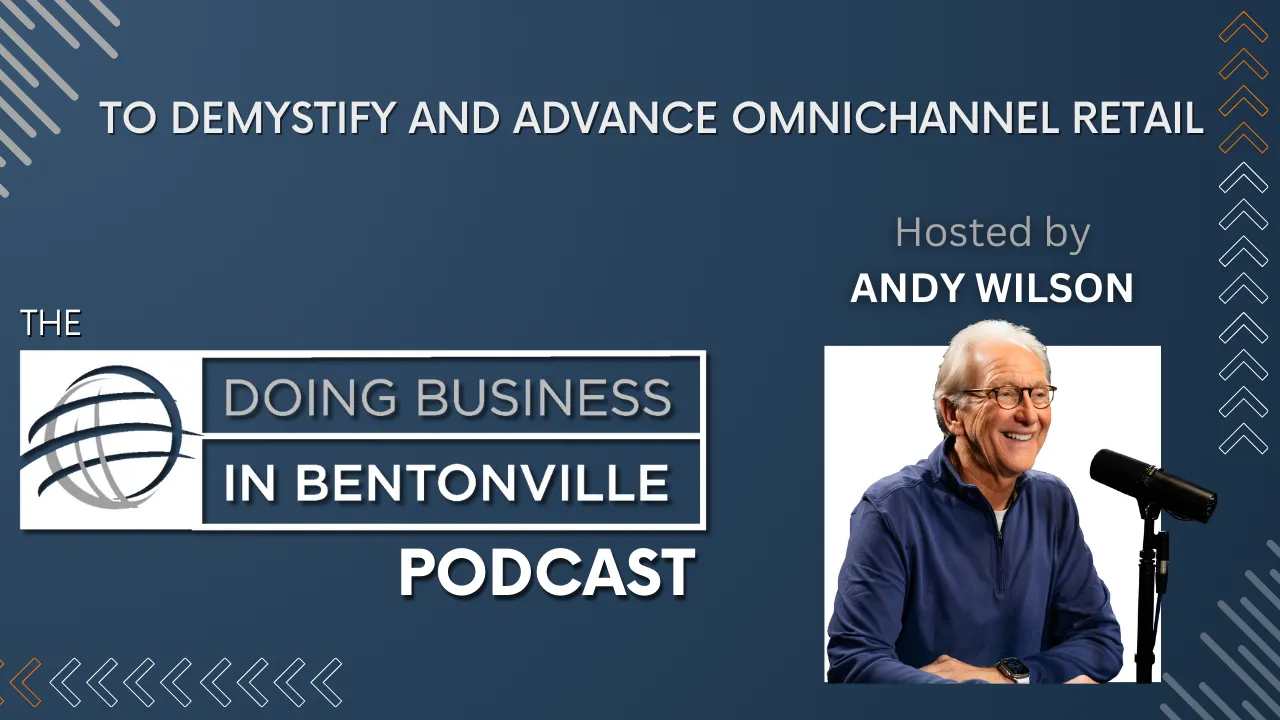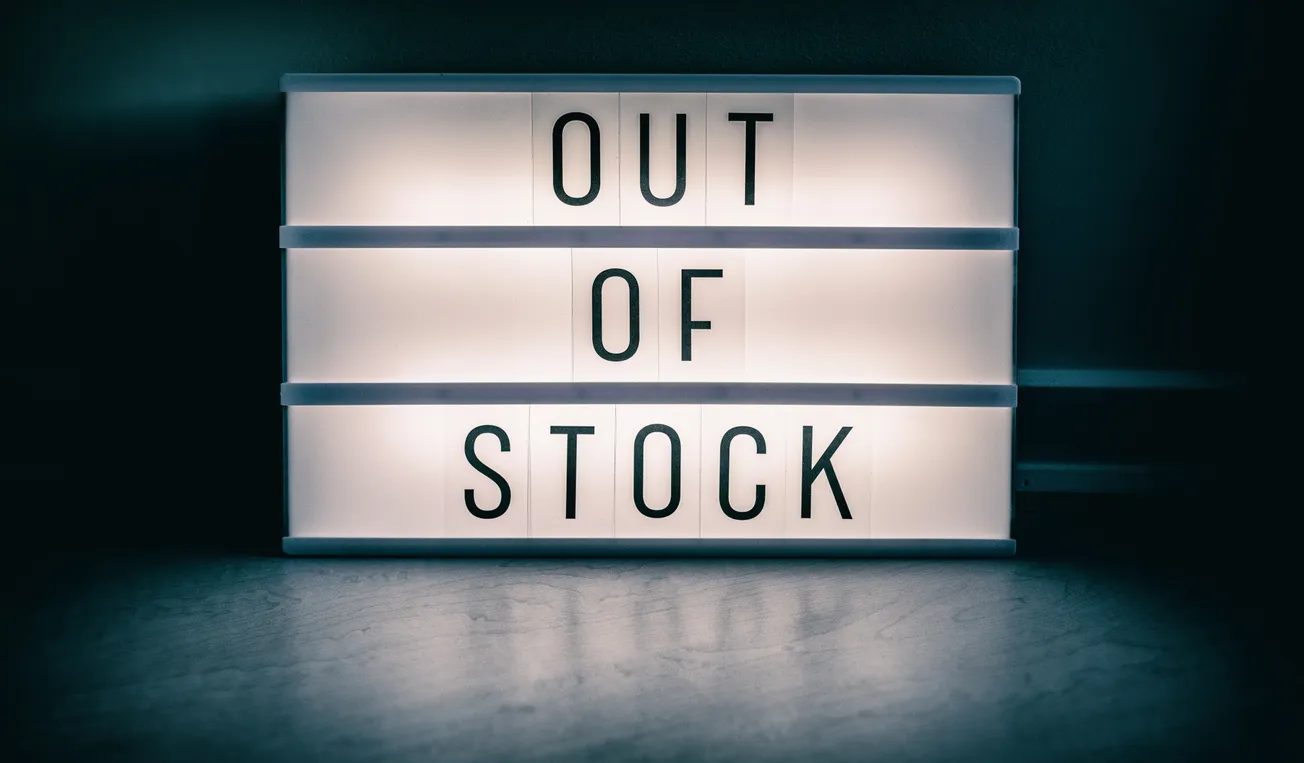The trend toward secondhand sales is increasingly becoming a prominent feature across various sectors, demonstrating a significant shift in consumer behavior and business strategy.
With 83% of consumers worried about current and near-future economic conditions, platforms offering discounted, secondhand, or returned items are becoming increasingly attractive.
Startups like buyWander are innovating within the eCommerce returns space by auctioning off goods that cannot be resold as new. This model addresses the costly issue of returns, a problem exacerbated by the surge in online shopping and the associated increase in items sent back for various reasons, such as sizing errors or buyer's remorse.
Depop, owned by Etsy, sees the U.S. resale market as a considerable opportunity, with predictions suggesting it could grow to over $40 billion by 2027. The platform, along with eBay, which reported a rise in luxury item sales, illustrates the diverse appeal of secondhand goods — from affordable luxury items to everyday wear.
ThredUp, for instance, is using AI-powered search tools to improve the relevance of search results, allowing customers to find items that match their specific tastes or occasions. This not only improves customer satisfaction but also drives conversion rates by making it easier for shoppers to find what they're looking for among millions of secondhand items.
However, despite the growth, challenges remain in securing consumer loyalty and navigating competitive pressures, as seen with The RealReal and Poshmark adjusting their strategies in response to these challenges.
Initiatives like Epson's "Certified ReNew" program, which sells refurbished printing and scanning products with a full warranty, mirror successful resale endeavors in the apparel industry and beyond. This approach not only appeals to cost-conscious consumers but also aligns with the growing interest in sustainable practices by extending the lifespan of products.
These developments underscore a broader trend in eCommerce and consumer goods: the shift towards more sustainable, cost-effective, and innovative shopping options.
This not only reflects changing economic concerns but also a significant move towards a circular economy, where the lifespan of products is extended, and the value of secondhand goods is increasingly recognized.
Stay up to date on the latest Omnichannel news by Subscribing to Our Newsletter









